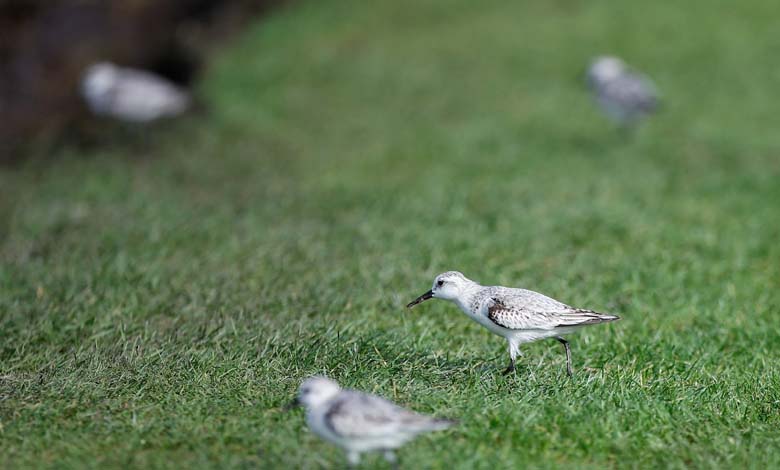Predatory Animals: Effective Alternatives to Insecticides

Natural predatory animals such as birds, beetles, and spiders are proving to be effective alternatives to chemical insecticides in fields, as their presence reduces pest populations and increases crop yields, as shown by a study published on Wednesday.
The intensive use of chemical insecticides in agriculture has numerous negative effects, including biodiversity loss, water and soil pollution, and health risks.
According to Agence France-Presse, researchers analyzed previous studies on the alternative effectiveness of “biological control,” based on naturally occurring predatory animals in fields.
The analysis concluded that “predatory animals reduced pest numbers by an average of 73% and increased crop yields by an average of 25%.”
The researchers, based in Brazil, the United States, and the Czech Republic, wrote that “our study highlights that predatory animals indirectly promote crops, providing vital ecosystem services that can persist even in the current climate change context.”
However, the researchers did not directly compare the effectiveness of predatory animals with that of pesticides.
Gabriel Boldorini, the study’s lead author and a doctoral student at the University of Bernamouk in Brazil, said, “Many other studies show the harm caused by chemical insecticides to ecosystems and biological control.”
He pointed out that “the idea is that natural predatory animals represent good factors for pest control and preserving them is essential to ensure this control in the future in the context of climate change.”
The researchers found that the effectiveness of predatory animals was greater in areas with significant rainfall variability throughout the year, a feature expected to increase in certain areas with climate change.
The study also concluded that biological control through multiple types of predatory animals is not more effective than relying on a single species.
Boldorini said, “In general, the more species there are, the better ecosystems function. But there are exceptions.”
As for biological control, the presence of multiple predatory animal species contributes to targeting a variety of pests at different stages of their development. However, predatory animals may also compete with each other or even prey on each other.












